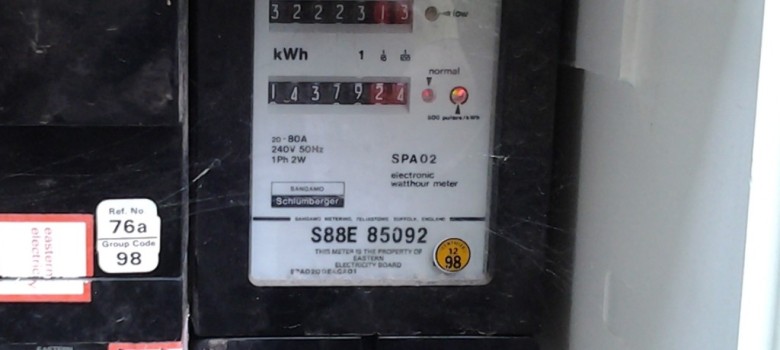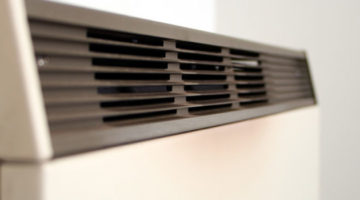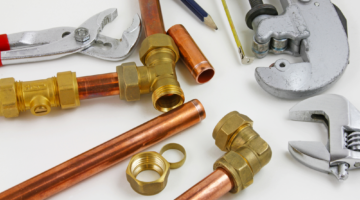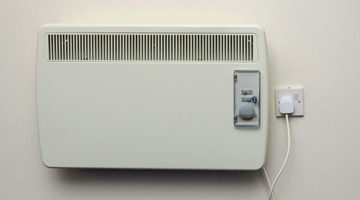
What is the Economy 7 tariff?
Economy 7 is simply a 2-tiered tariff that charges you less for using energy at off peak times. Usually this means that energy is cheaper from around midnight to 7am, although this may vary with daylight savings and your region. To compensate, the peak rates are often higher.
The reason for this is fairly simple – energy is created by power plants all day, every day. Electricity demand changes throughout the course of each 24-hour period. Unfortunately however, in the case of nuclear and coal power plants, they can’t simply be switched off at short notice to react to these changes in demand – in the case of nuclear plants in particular, they can take days to ‘power down’
Therefore, even though there is little demand for electricity in the middle of the night, there is an abundance of electricity still being produced, which can’t be stored and the energy companies are keen to still make money from this.
As a result Economy 7 was introduced in the 1970s. This two-tiered electricity tariff provided homes with cheap electricity during the night if they could find a use for it. This saw the advent of two technologies in particular – the storage heater and the off peak water immersion heater, both taking advantage of the cheaper electricity to provide heating and hot water in the home.
Does Economy 7 still have a future?
Is Economy 7 still relevant for the average Joe who has a gas central heating system?
Maybe! – As a rule of thumb, you need to be using more than 40% of your energy at night to make it worthwhile, and if you are not using a storage heater system, this could require some considerable changes in how you use your energy. The advent of programmable appliances though will obviously play a big part in this. These are being introduced now prior to the roll out of the smart grid, allowing you to set appliances to run whenever you wish. Obviously if you can get these going at night, then you are quickly going to hit the 40% sweet spot.
We quite often mention in our assessments that if you decide to install solar PV you should try using as much of the electricity you create in your own home as possible. A good way to do this if you are out during the day is to install new storage heaters to supplement your central gas heating system. These can then use the electricity you produce during the day and then release the heat over the course of an evening meaning that you don’t need to turn on the gas central heating system. If this is the case, obviously you already have the storage heaters in place, therefore it makes sense to get yourself on an Economy 7 tariff.
In addition, if you are using a heat pump to fulfil your heating requirements, then it also makes sense to be on an economy 7 tariff since the heat pump will continue to operate during the night.
If you do want to move onto economy 7, you must bear in mind that you will have to have a new meter installed, as standard meters are unable to track 2 rates. This usually incurs a charge.
The best way of seeing whether economy 7 would save you money is to check on a price comparison site like Uswitch. The site lets you put in your current usage and compare it to other tariffs. Of course, it will depend on how much you use your energy at night and a change in your energy habits may be required to make it worthwhile.
Am I already on Economy 7?
Your bill will have a day and night rate on it if you are on this tariff. Also, the Meter Point Access Number (MPAN) on your bill will also start with ’02’ if you have Economy 7. If not, it will have ‘01’ and you will be charged the same whatever time of day.
What is the difference between Economy 7, 9 and 10?
Economy 10 tariffs are not as commonplace and only some providers offer it, but they simply mean that the off-peak period where you get cheaper electricity is 10 hours and not 7. The times of these off peak hours is also different, with most providers splitting these ten hours between afternoon, evening and night. Usually this means the off-peak rate isn’t quite as good as economy 7 and there is usually a higher standing charge. Economy 9 is a similar tariff offered by some providers.












I didnt know what economy 7 was like most people. After my assessment it really opened my eyes to other money saving tariffs available. I work a lot of night shifts so having cheap energy after seven doesn’t benefit me as much as my new tariff, which is more suitable.